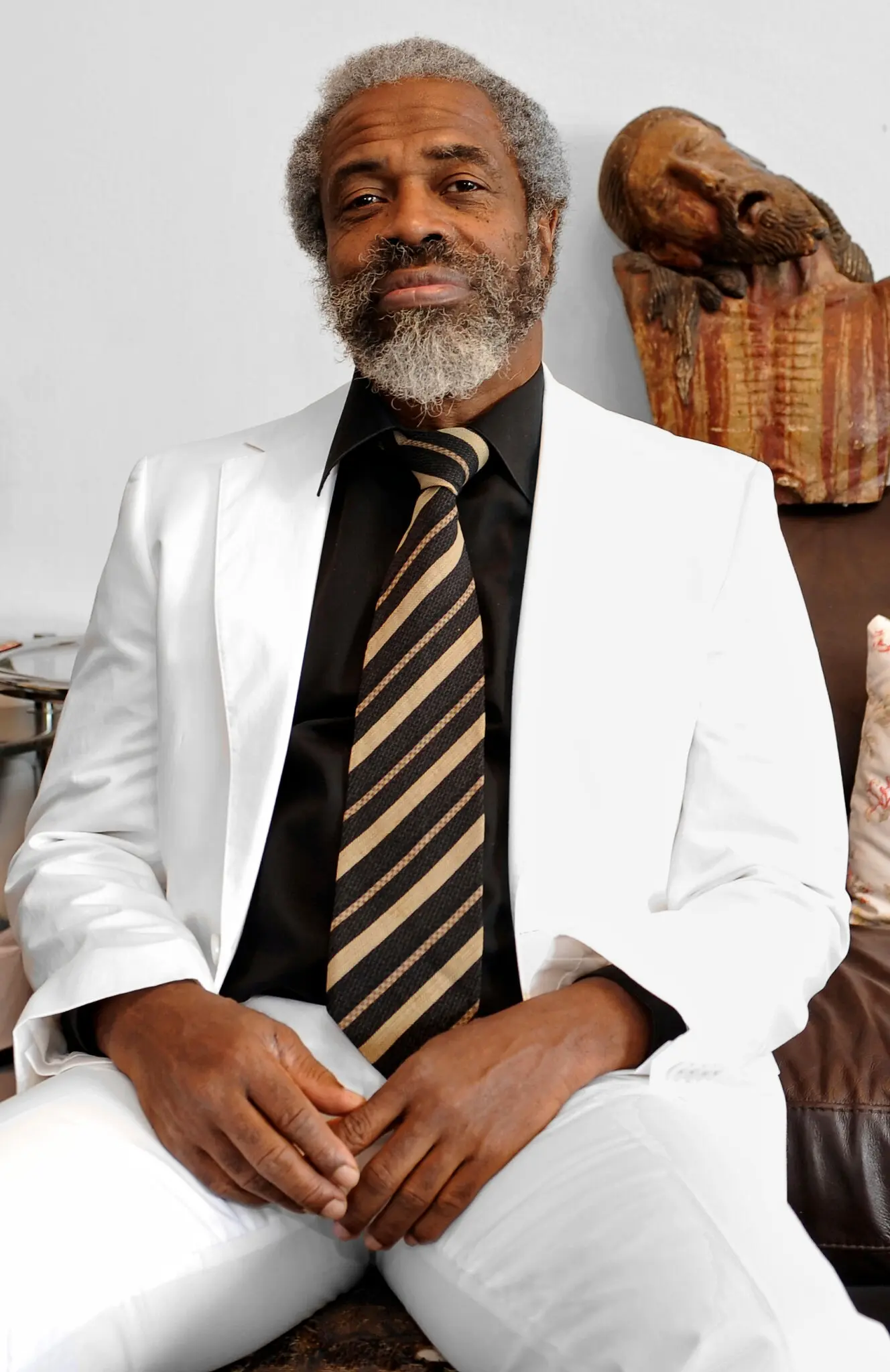Leonardo Patterson, 82, Famed Antiquities Dealer Who Rose to Wealth and Prestige Before Facing Scandals Over Looted Artifacts and Forgery Allegations, Dies Leaving a Controversial Legacy
Leonardo Patterson, a once-renowned art dealer who amassed a fortune trading in ancient artifacts before facing a dramatic fall from grace over allegations of trafficking looted antiquities, has died at the age of 82. His journey from humble beginnings in rural Costa Rica to becoming a major figure in the global art market was marked by both admiration and controversy, leaving behind a complex and polarizing legacy.
A Meteoric Rise in the Art World
Born in 1942 into a poor family in Costa Rica, Patterson’s early years gave little indication of the extraordinary career that lay ahead. With a keen eye for rare and valuable artifacts, he entered the antiquities trade at a young age, quickly making a name for himself among collectors, museums, and investors. By the 1970s and 1980s, Patterson had become a major dealer in pre-Columbian art, handling artifacts from Mesoamerica, including Mayan, Aztec, and Olmec relics. His business took him to international capitals, where he became known for his extravagant lifestyle and high-profile clientele.
Operating out of New York, Paris, and Madrid, Patterson supplied some of the world’s most prestigious museums and private collectors with rare artifacts, often fetching millions for a single piece. His reputation soared as he gained access to exclusive collections and archaeological finds, positioning himself as one of the most influential antiquities dealers of his era.
The Fall: Allegations of Smuggling and Forgery
Despite his success, Patterson’s dealings came under scrutiny as authorities began investigating the origins of the artifacts he sold. Allegations surfaced that he had been trafficking looted or illegally excavated antiquities from Latin America, with experts questioning the legitimacy of some of the artifacts attributed to him.
In the 1990s, international law enforcement agencies, including Interpol, launched investigations into Patterson’s activities. Several countries, including Mexico, Peru, and Guatemala, accused him of handling stolen cultural heritage. Authorities in Germany, Spain, and the United States also scrutinized his collection practices, leading to multiple legal battles.
One of the biggest blows to his credibility came when experts determined that several high-value artifacts in his possession were modern forgeries. Museums and collectors that had purchased items from him began to distance themselves, and legal actions were pursued to reclaim allegedly stolen relics. His once-stellar reputation was irreparably tarnished, and he faced arrests and trials across multiple jurisdictions.
Later Years and Legacy
In his final years, Patterson lived largely out of the public eye, battling legal issues and declining health. Despite efforts to maintain his business, the art world had largely turned against him. While some still viewed him as a knowledgeable and daring collector, others saw him as a symbol of the dark side of the antiquities trade—where cultural heritage is treated as a commodity rather than a historical treasure.
Leonardo Patterson’s death at 82 marks the end of an era in the antiquities trade, leaving behind a legacy riddled with controversy. His story serves as a cautionary tale about the fine line between art dealing and the illicit antiquities market, highlighting the ethical dilemmas surrounding the trade of cultural heritage.
As scholars, collectors, and legal experts continue to assess the impact of his career, one thing remains clear: Leonardo Patterson’s influence on the world of ancient art—both positive and negative—will not be forgotten.

